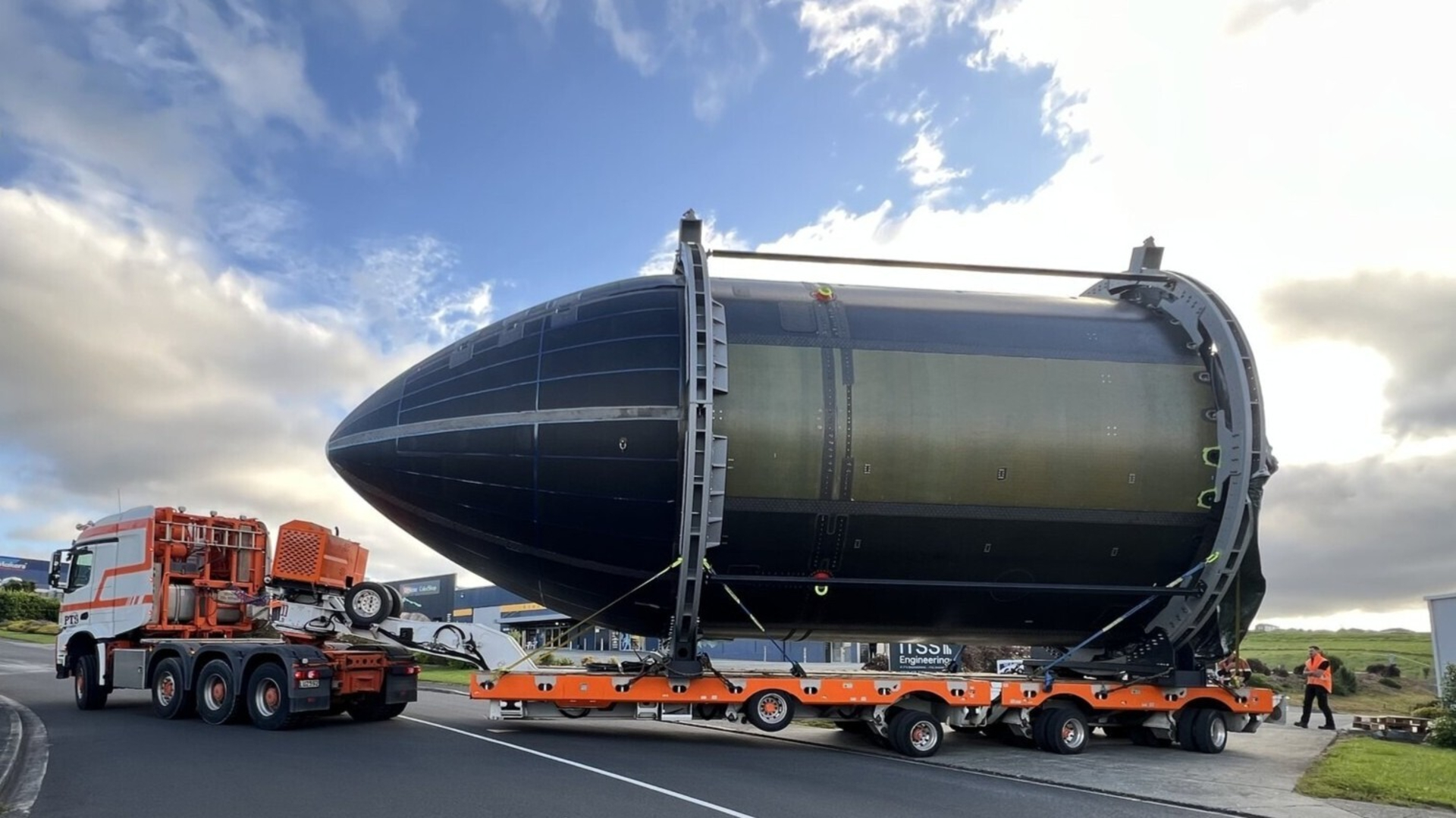China launches 3 satellites into orbit, including a 'lobster-eye' to hunt dark matter
China launched a trio of satellites into orbit Saturday (July 25) on separate missions to study the Earth, hunt dark matter with an X-ray "lobster-eye" and collect commercial data.
A Long March 4B rocket successfully launched the Ziyuan III 03 Earth-observation satellite and two other payloads from the Taiyuan Satellite Launch Center in the northern province of Shanxi. Liftoff occurred at 11:14 a.m. Beijing Time.
Video of the launch showed debris raining from the rocket during liftoff, but the event (in which insulation tiles fall from the booster) is normal occurrence. Social media images also showed some debris from the rocket that had fallen in the Yunyang district of Shiyan city, Hubei, according to space reporter Andrew Jones.
Ziyuan III 03, the primary payload for the mission, is a high-resolution Earth-mapping satellite designed to capture 3-D images and multispectral observations, according to a CCTV report.
Related: Latest news about China's space program
The rocket also carried two other small satellites developed by Shanghai ASES Spaceflight Technology Co. Ltd., one to search for dark matter and another built for "commercial data acquisition," according to CCTV.
In a translated statement, the China Aerospace Science and Technology Corporation (CASC) said one of the satellites is an X-ray astronomy craft that features "lobster-eye bionic technology" to hunt dark matter. According to SpaceNews, the satellite is called NJU-HKU No.1 and is an experiment by Hong Kong University and Nanjing University to seek out dark matter signals
Breaking space news, the latest updates on rocket launches, skywatching events and more!
The aftermath of the Long March 4B launch of Ziyuan-3 (03) and two small sats yesterday. Wreckage found in Yunyang district of Shiyan city, Hubei. Source: Shiyan evening news https://t.co/fQIMq4yFF3 pic.twitter.com/pRDX5Vi0MtJuly 26, 2020
CASC officials said the third satellite is the latest addition to the "Apocalypse" constellation to test key technologies for a space-based Internet of Things. The Apocalypse constellation is a project of the Beijing Guodian Gaoke Technology Co. Ltd., SpaceNews reported.
Saturday's launched followed closely on the heels of China's landmark Tianwen-1 mission, which launched the country's first Mars rover toward the Red Planet on July 24. That mission, which lifted off on a Long March 5 rocket from the Wenchang Satellite Launch Center on Hainan Island, will arrive at Mars in February 2021.
Email Tariq Malik at tmalik@space.com or follow him @tariqjmalik. Follow us @Spacedotcom, Facebook and Instagram.

Tariq is the award-winning Editor-in-Chief of Space.com and joined the team in 2001. He covers human spaceflight, as well as skywatching and entertainment. He became Space.com's Editor-in-Chief in 2019. Before joining Space.com, Tariq was a staff reporter for The Los Angeles Times covering education and city beats in La Habra, Fullerton and Huntington Beach. He's a recipient of the 2022 Harry Kolcum Award for excellence in space reporting and the 2025 Space Pioneer Award from the National Space Society. He is an Eagle Scout and Space Camp alum with journalism degrees from the USC and NYU. You can find Tariq at Space.com and as the co-host to the This Week In Space podcast on the TWiT network. To see his latest project, you can follow Tariq on Twitter @tariqjmalik.


